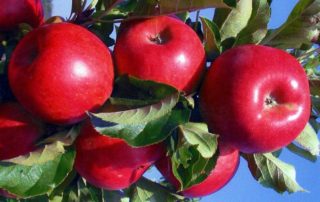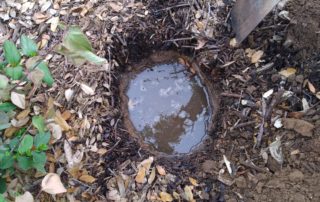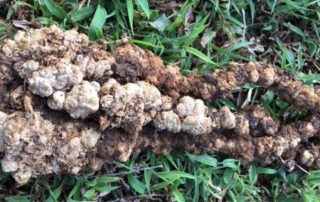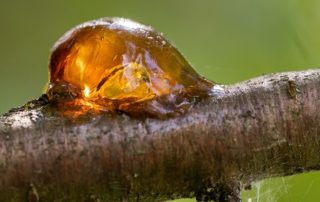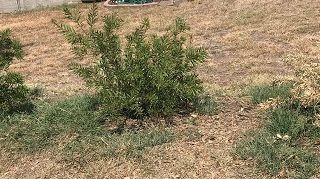Strawberry Growing in Central Texas
Growing Strawberries in Central Texas Strawberries may be successfully grown in the home garden in Central Texas if care is taken to give them the right growing conditions. Strawberries require at least 6 hours of direct sun and must have a well-drained soil. They will do best in a slightly acidic sandy loam, so if you have any other type of soil you should consider growing them in raised beds or containers. Raised Beds are a good option for us in Central Texas, as most of us do not [...]


